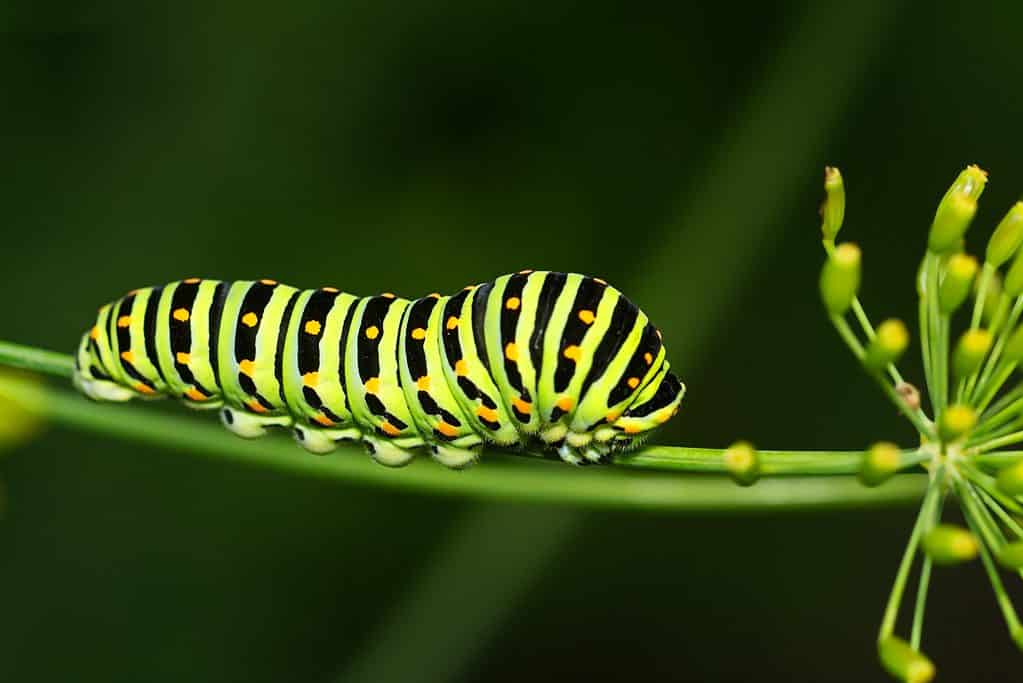Table of Contents
Have you ever noticed those little caterpillars on roses? They crawl around, munching on leaves, and appear everywhere in gardens. But have you ever wondered how many legs these critters actually have? Caterpillars are fascinating creatures that you can find in your backyard or even on the roses in your garden. These small creatures are the larval stage of butterflies and moths. Now, let’s talk about their legs. Unlike us, who have two legs, and many animals with four, caterpillars are slightly different.
Caterpillars have more legs than you might think. In fact, they have a lot of them! They typically have around 16 legs. These legs are not like ours, and they’re more like tiny hooks that help them grip onto leaves as they munch away. Let’s know more about them.
The Anatomy of a Caterpillar
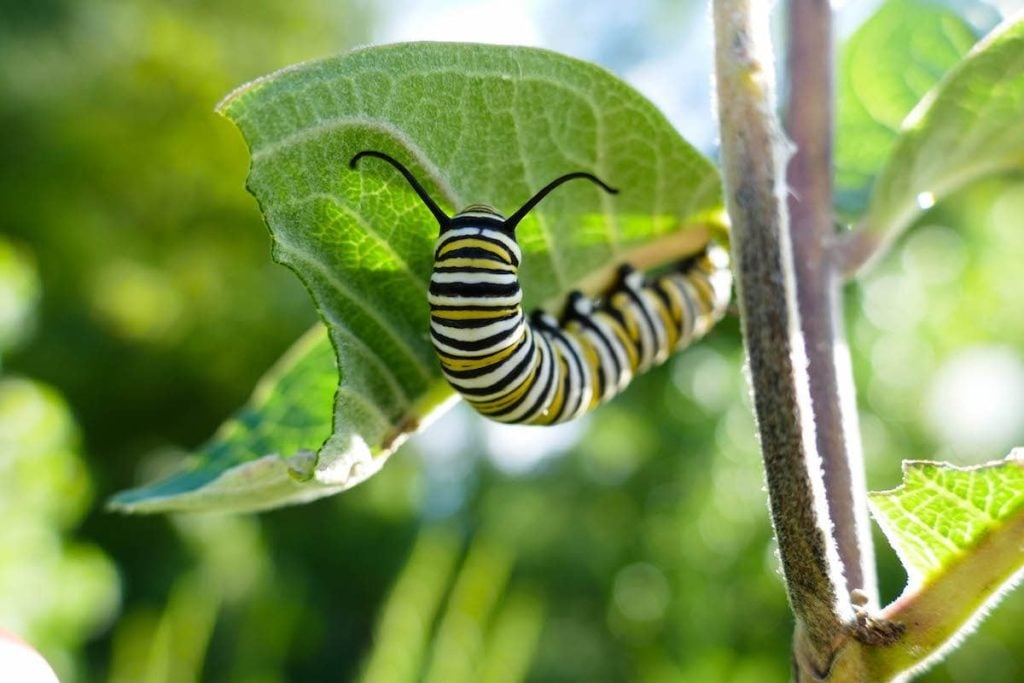
Caterpillars look long and have many parts. They move specially. They have segments on their body and legs on these segments. Six legs are true legs on their middle part. Legs have tiny hooks to hold on and help them move. Some caterpillars have extra legs that aren’t real legs. These are called prolegs or false legs. Prolegs are soft and not jointed. They help caterpillars hold on. The number of prolegs can vary from species to species. Most caterpillars have up to five pairs of prolegs, making a total of ten prolegs.
Function of Legs and Prolegs
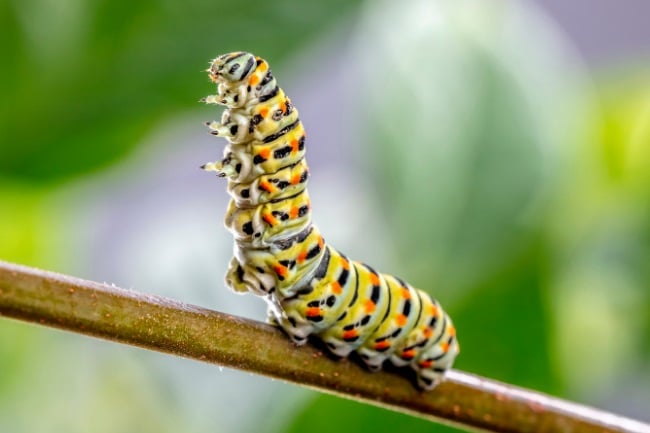
Caterpillars have legs that help them survive and grow. Some legs keep them steady and help them go around. These legs also help them when they need to get rid of their old skin. When caterpillars get bigger, they must get out of their old skin. Their legs help them break free. Other special legs called prolegs make caterpillars move. These legs help them hold onto things and explore around. Caterpillars move funnily, stretching and grabbing, then pulling themselves.
Adaptations and Diversity in Caterpillars
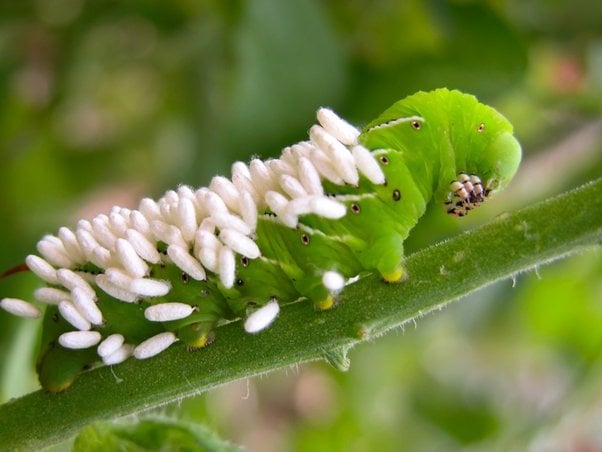
Caterpillars come in many types. They have different legs and prolegs. Some caterpillars have few or no prolegs. They do this to live in different places. For instance, the larvae of some moth species are legless. They move like snakes.
Do Caterpillars Possess Legs?
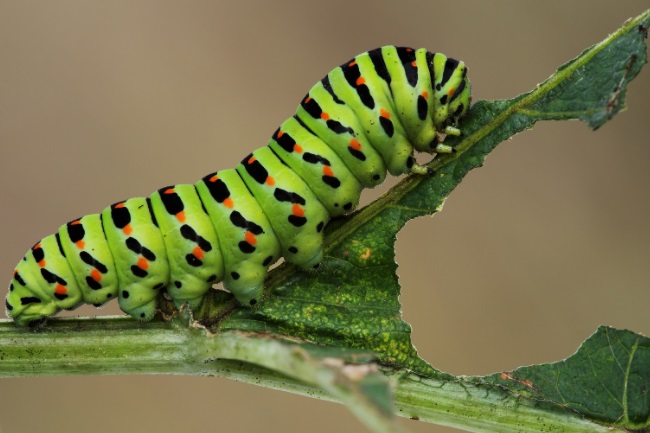
Yes, caterpillars do have legs. In fact, they have many sets of legs. They usually have three pairs of true legs, which are also called thoracic legs, near the front of their body. These legs help them move, hold onto things, and eat. Besides the true legs, caterpillars also have special legs along their body. These special legs are soft and have tiny hooks that help them grab onto leaves and surfaces as they crawl. The number of these special legs can differ for different types of caterpillars, but they are super important for helping the caterpillar move and stay steady.
What’s within a Caterpillar?
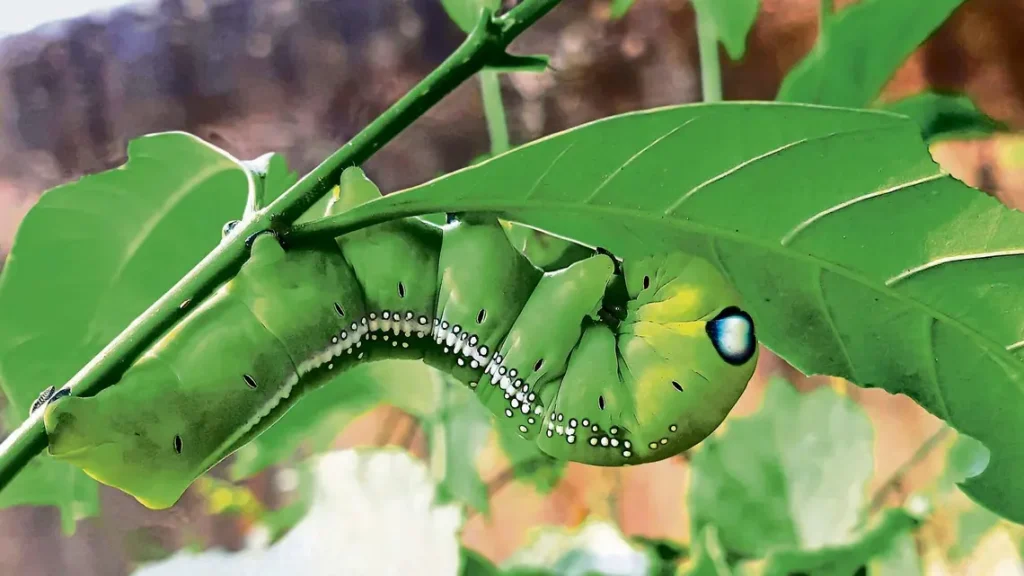
Within the limits of a caterpillar’s plain appearance, something truly amazing happens quietly. These small creatures might seem simple initially, but inside, they have a detailed and complex structure that sparks curiosity. Their bodies comprise many parts, each with important jobs they need to stay alive.
One of the most interesting things about them is their digestive system. It’s like a long tube that runs through their entire body, helping them digest food. But even before food enters this tube, a special liquid from their mouth starts breaking it down. This is where the first step towards digestion begins.
Special substances start working to break the food into smaller pieces.
How Many Legs Does a Pink Caterpillar Have?
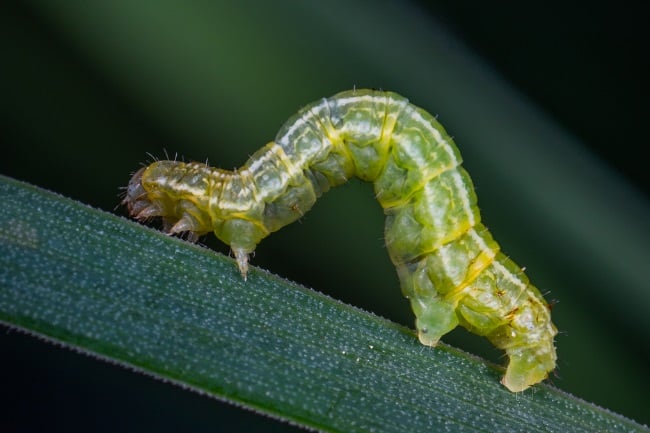
Pink caterpillars, like their colorful friends, usually have six real legs. These are near their head and help them walk and hold onto things. But there’s more to how they move. They also have soft, leg-like things along their body called prolegs. Surprisingly, the number of these can differ in each kind of caterpillar, usually from 4 to 6 pairs. Even though these aren’t real legs, they help the caterpillar stay steady as it moves around.
Transformation of Caterpillar Prolegs into Organs
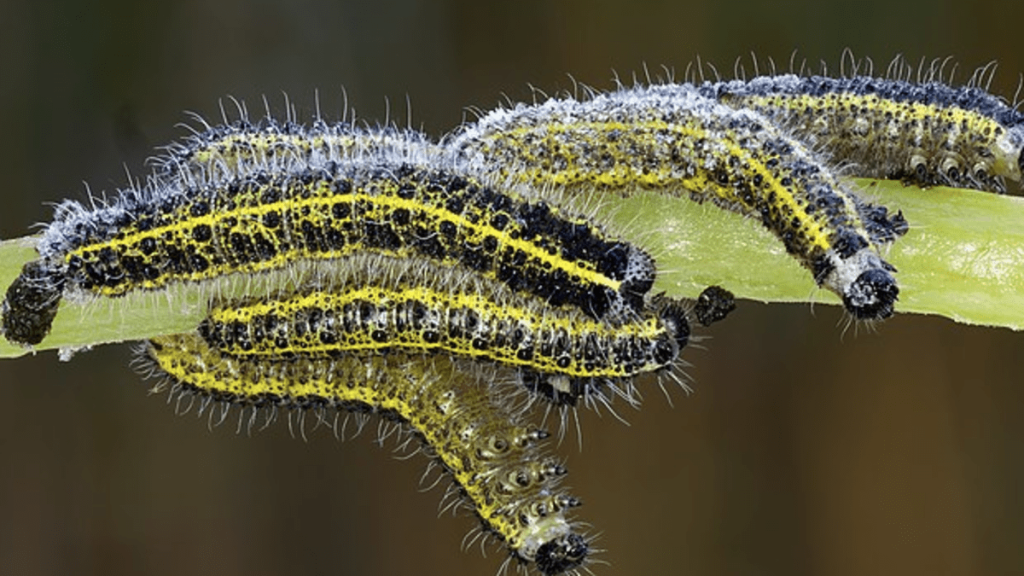
As a caterpillar gets ready for its amazing change, its special legs have an important job to do. When the caterpillar turns into a pupa, its body changes a lot. Those legs that helped it move around now become something else. They become special parts, like belly cushions or grippers. These new parts have different jobs in the pupa and when it becomes an adult.
For example, the grippers help moths mate, and the belly cushions support the pupa in its little home. This change shows how nature can reuse and change body parts for different parts of life.
Conclusion
So now we know that Caterpillars have a few legs, but not as many as you might think. Most caterpillars have around 16 legs in total. They use these legs to help them crawl and move around.
These little creatures don’t have bones like us, so their legs are more like soft, squishy tubes. Caterpillars are interesting because their legs aren’t all the same. They have some true legs at the front of their bodies, and these are the ones they use the most for walking. Then, they have some false legs, which are more like tiny stubs.
These false legs help them grip onto things like leaves and twigs.

